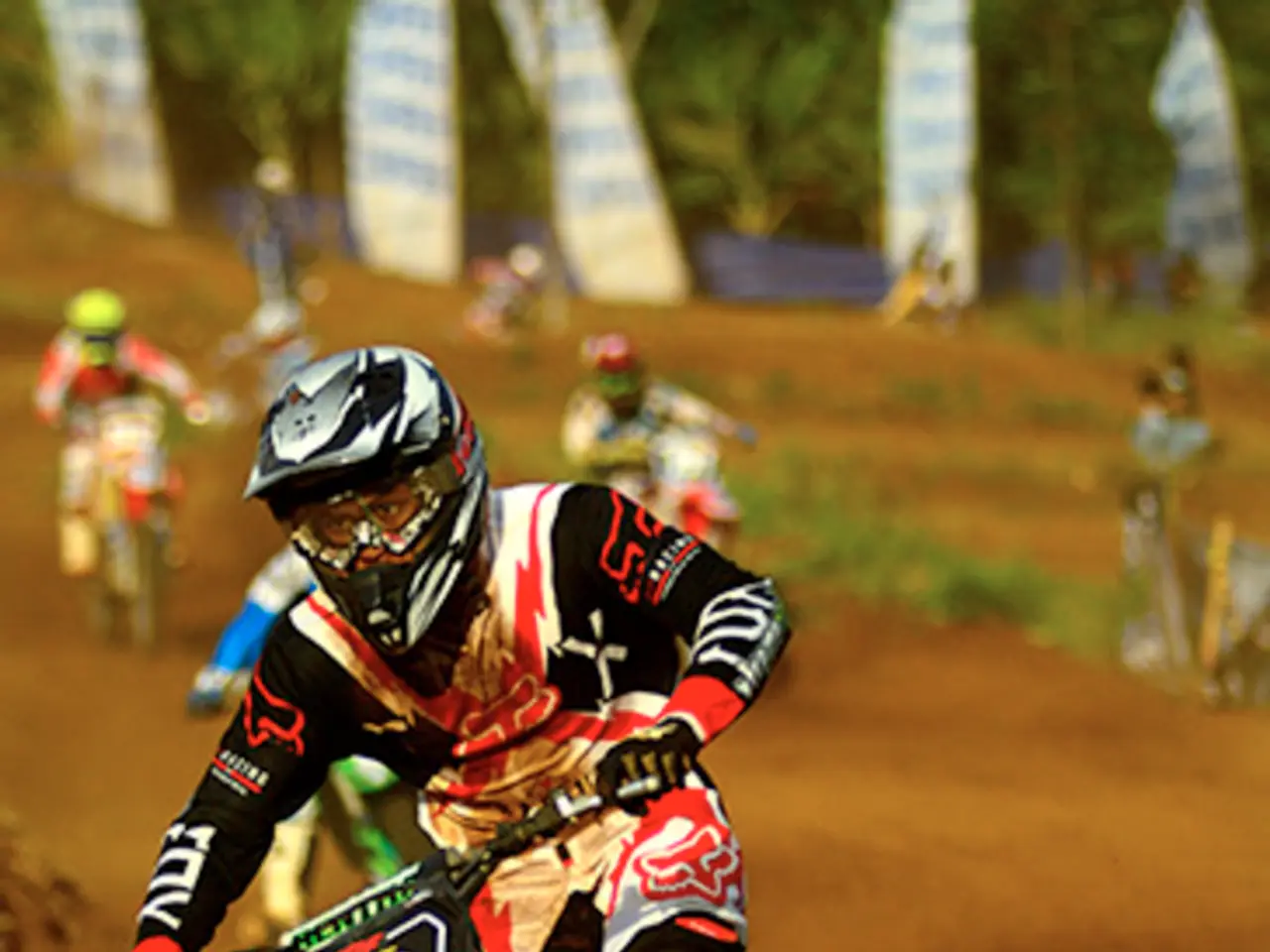Unforeseen mishap looms: Medical professionals advise against wearing this specific car accessory for both drivers and passengers.
In the fast-paced world of modern driving, a seemingly innocuous detail has come under scrutiny: the use of rigid hair accessories while behind the wheel. Doctors have reported an increase in cases of head injuries associated with wearing such accessories during car rides, prompting concerns about safety.
Specifically, claw clips are noted to be "not that safe" while driving because they can cause injury if the driver slams on the brakes or is involved in a crash. Flat hair clips that lie close to the head are considered safer alternatives due to reduced risk of injury.
However, the risks are not limited to claw clips. Traditional rigid hair accessories, such as large bobby pins, can increase the risk of scalp or head injury in sudden stops or crashes. Smaller hair pins are generally less of a concern but caution is advised if they create rigid points that may contact the head during an impact.
While there is no detailed scientific study on the subject, the observations suggest that rigid or protruding hair accessories may pose a trauma risk. Given their potential to concentrate force to a small area during impact, they could cause lacerations or bruising on the scalp or head.
In car accidents and sudden braking, hairpins can turn into hard barriers between the head and the headrest, pushing the head forward and creating a point of force application. This force application can exacerbate injuries to the back and sides of the head.
Plastic hairpins can become hard barriers in the event of a car crash or sudden braking, potentially causing serious head injuries. Specialists warn that hard accessories, including hairpins, metal or decorative hair clips, pose a danger in addition to bobby pins.
The safest option is to tie hair back low or braid it using a soft, fabric hair tie. Doctors advise checking the height and position of the headrest before starting: the head should be as close to the rest as possible, the top edge at ear level, and the gap minimal.
If injured in a car accident, it is advised not to remove the hairpin yourself. Secure the head and seek immediate medical help. Any delay can lead to complications.
A case in point is the 19-year-old Gina Pansesar from the UK, who suffered a severe injury to the back of her head due to a plastic hairpin in a car crash. The use of rigid hairpins during car rides may pose a risk to personal safety.
While bobby pins are currently trendy due to fashion trends and influencer recommendations, the potential risks associated with their use while driving should not be overlooked. From a precautionary perspective, choosing hair accessories that lie flat and do not protrude sharply would reduce the risk of head injuries in accidents.
Medical advice is to remove any rigid hair accessories before driving. The risks are clear: rigid hair accessories can increase the severity of head injuries in the event of an accident or sudden braking. Driving safety is paramount, and every precaution should be taken to minimise potential risks.
References: 1. Rigid Hair Accessories and Car Safety: A Hidden Danger 2. Flat Clips: The Safer Alternative for Driving 3. Hairpins and Physical Activities: A Comprehensive Guide 4. The Dangers of Wearing Rigid Hair Accessories While Driving
Read also:
- Fragility fractures related to osteoporosis: Identifying factors, hazards, and remedies
- Ancient Herbal Goldmine: Capitalize on the Thriving Herbal Industry with Brahmi Cultivation!
- In Turkey, the number of medical visits has increased by 239 million, and the use of antidepressants has risen by 67%, as stress contributes to illness rates.
- Amidst the straitjacket of masculine dominance






